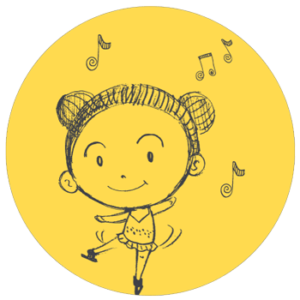Dynamic learning sessions involve movements with intelligence, working on various aspects of age appropriate fitness, taught using rhythm with customised music and implements, designed with cross-curricular exposure to enhance cognition through physical activity. These sessions work on grooming the multiple intelligence in children using Rhythm and the technique of Embodied learning.
- Howard Gardner suggested the theory of Multiple Intelligence – that is rather than seeing intelligence as a single general ability, it is differentiated into specific modalities. Applying the principle of multiple intelligences empower learners by not restricting them to one modality of learning. Research reveals that the part of the brain that processes movement is the same part of the brain that processes learning. Various studies support the relationship between movement and the visual system, movement and the language systems, movement and memory, and movement and attention.
- Rhythmic literacy is the ability to observe, control and differentiate the rhythm of an action according to the environmental demands in a particular situation. This enables the quick motor adjustment of the performer in an unpredictable environment, assuring success in performance. Rhythmic ability enhances pattern recognition. Rhythmic ability is acquired through participation in movement activities that require accurate response to rhythmic stimuli.
- Embodied learning believes the body is fundamental to learning. It challenges the dualism of mind and body that our education system has maintained over the past 300 years. It propagates that learning is the result of new practices we commit our body to, not merely in the gathering and understanding of information.
Classes 1 to 8 will have one session of Dynamic learning per week.
